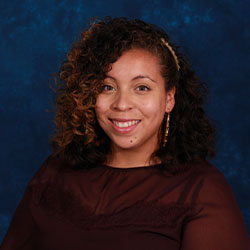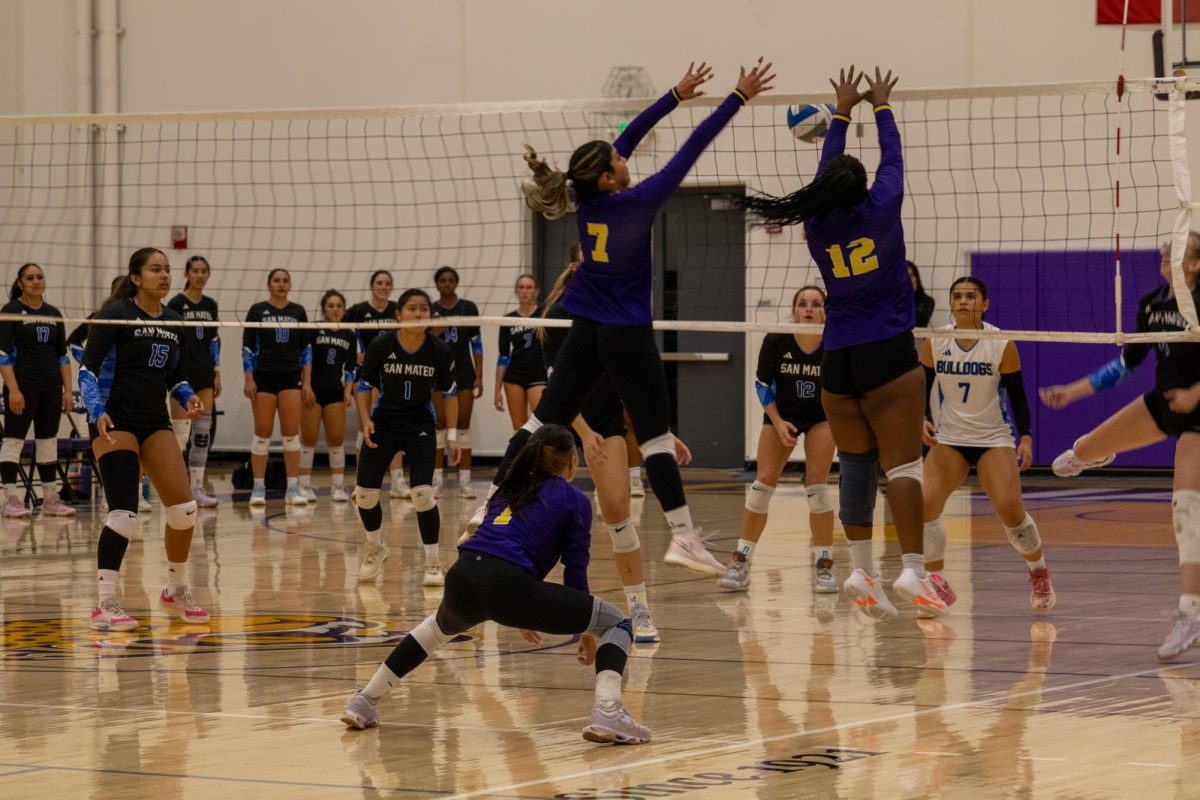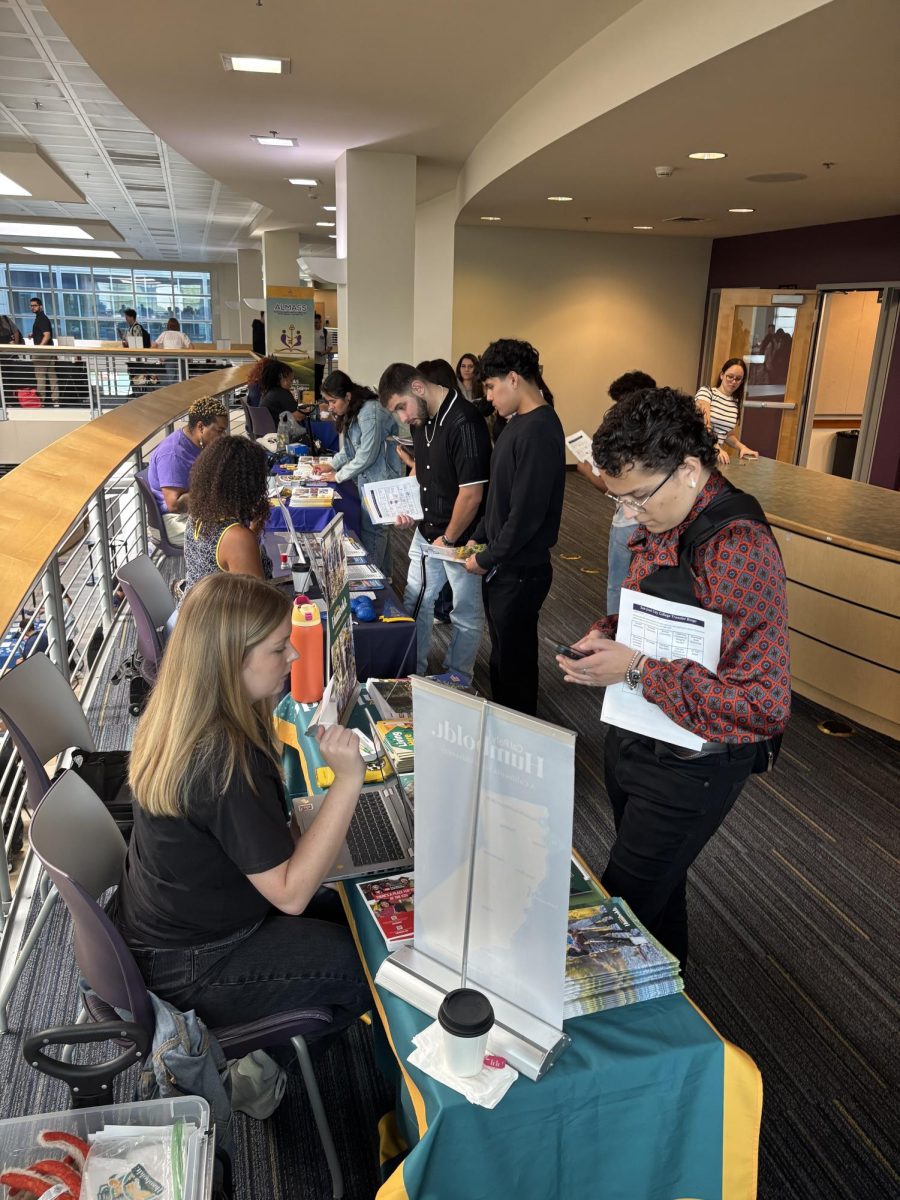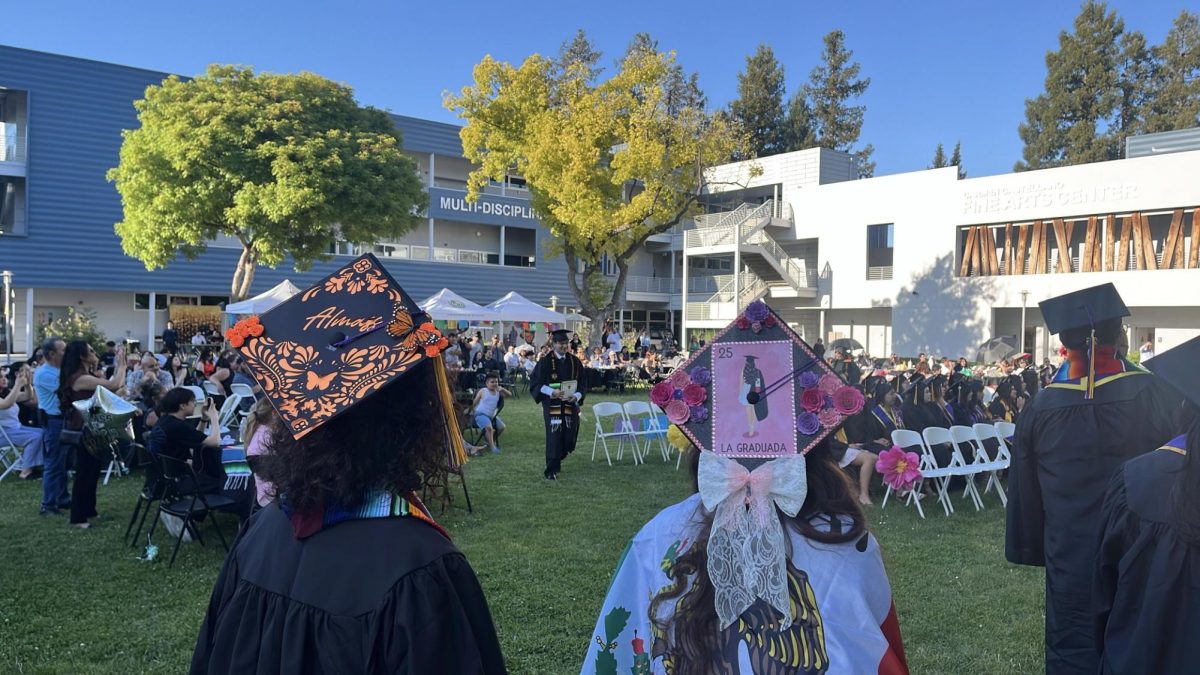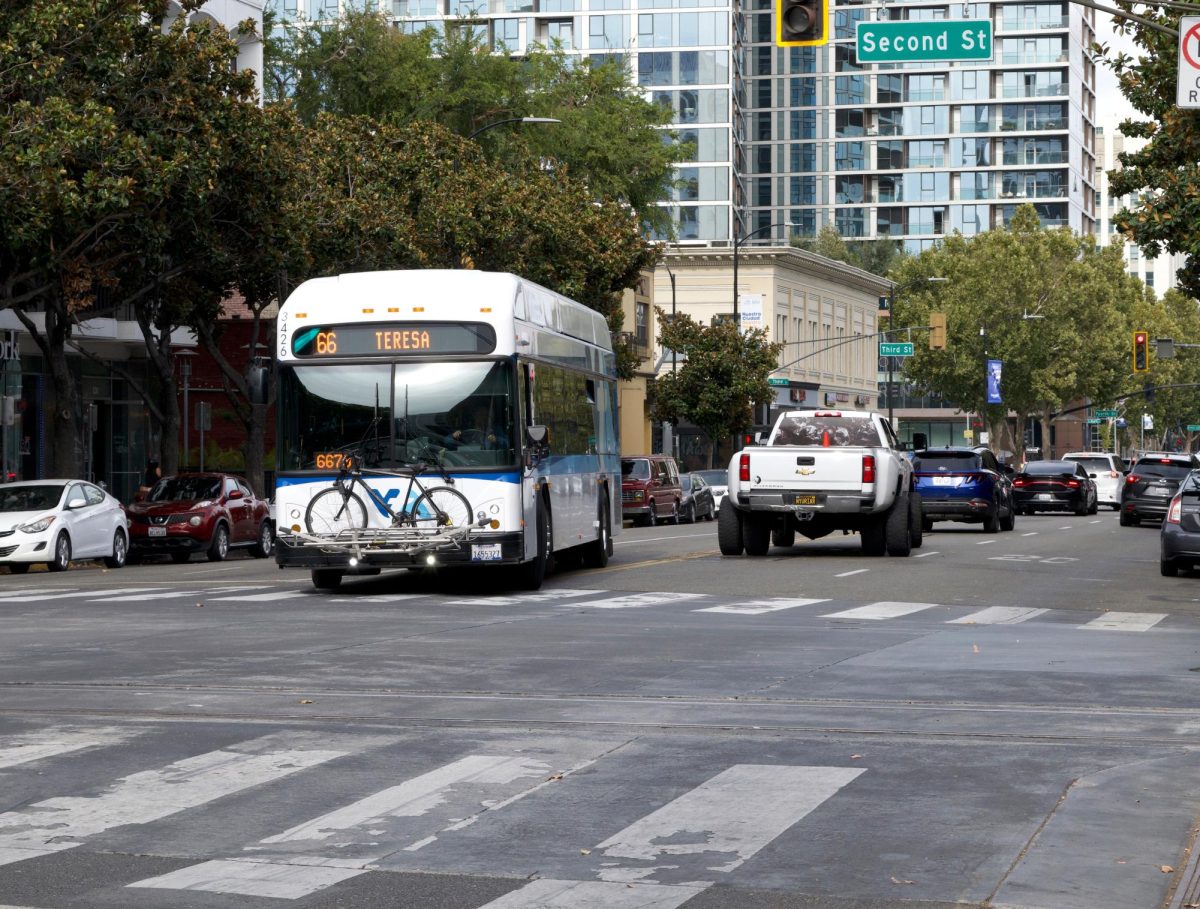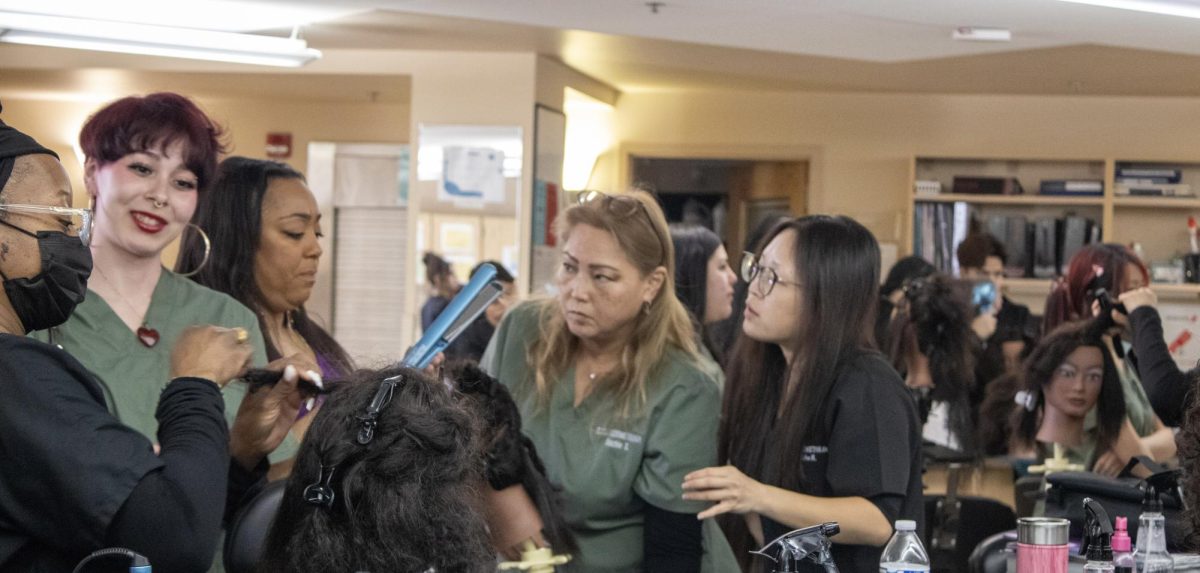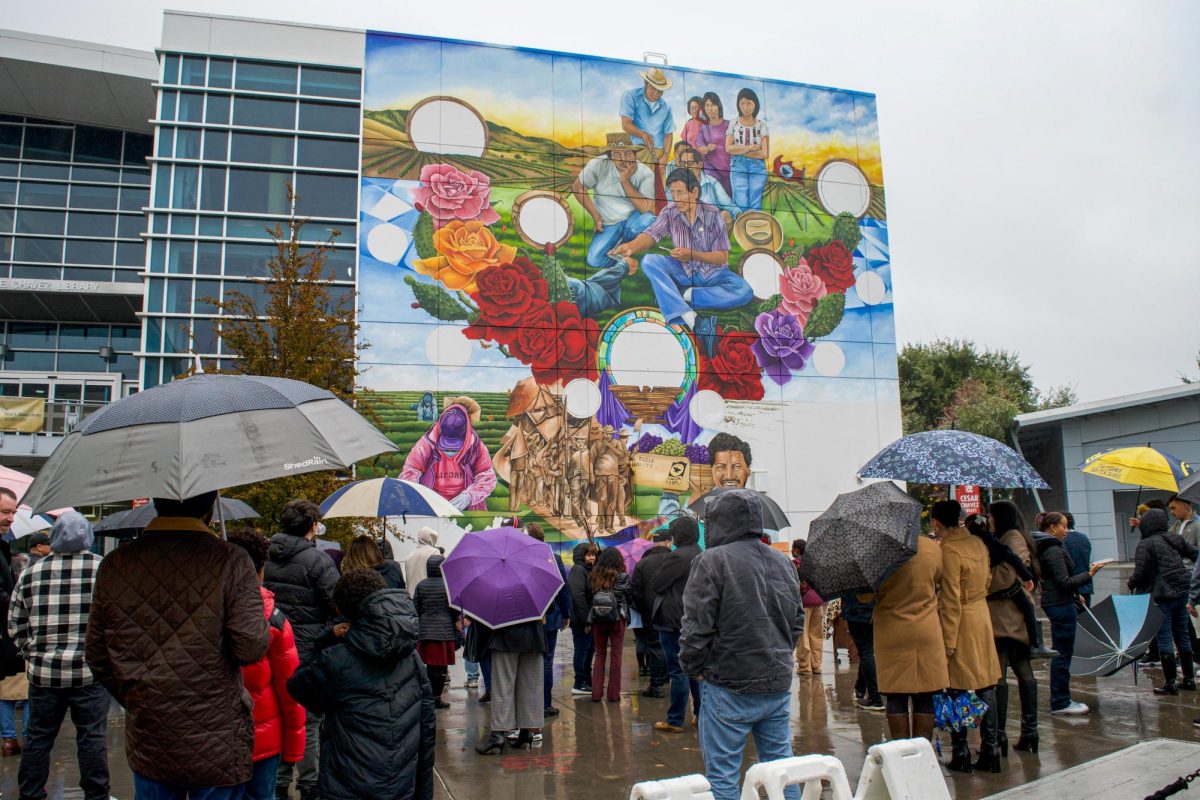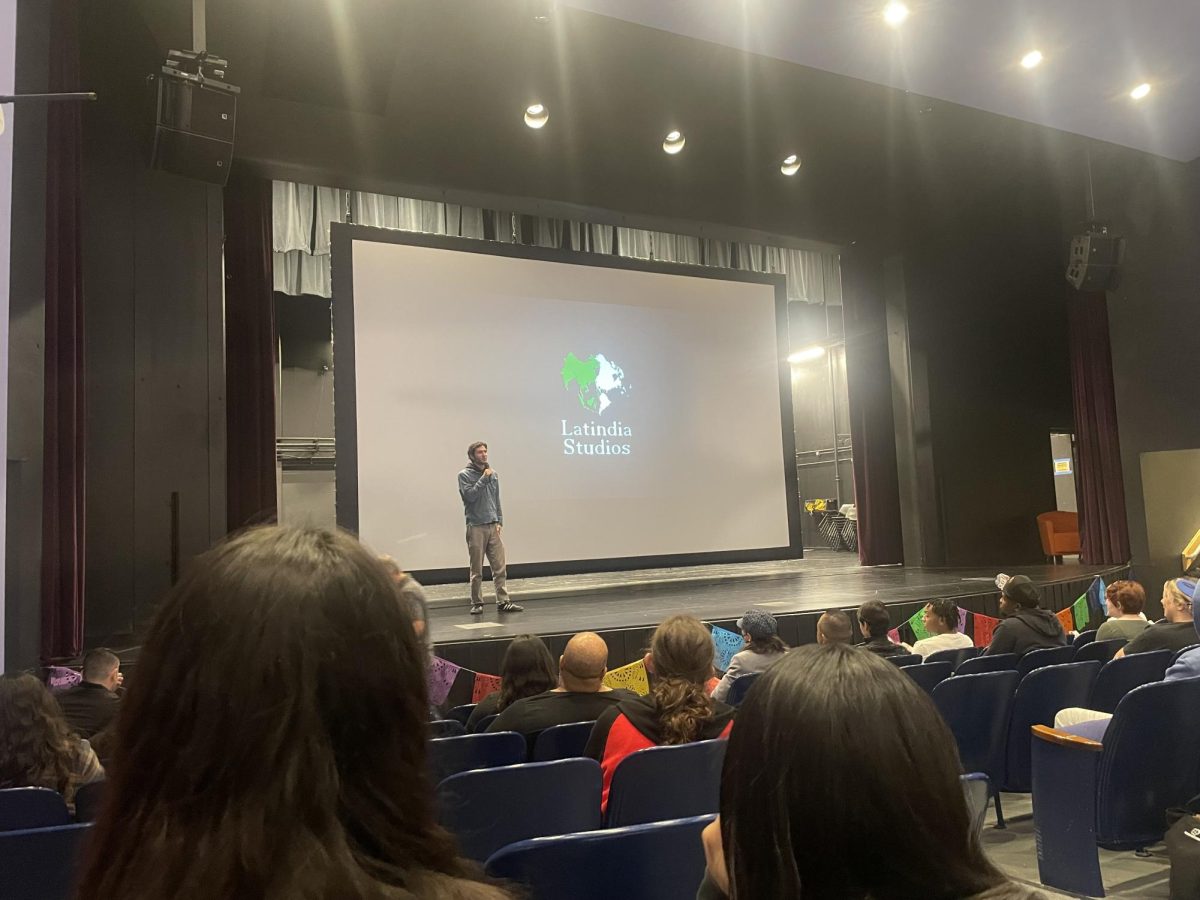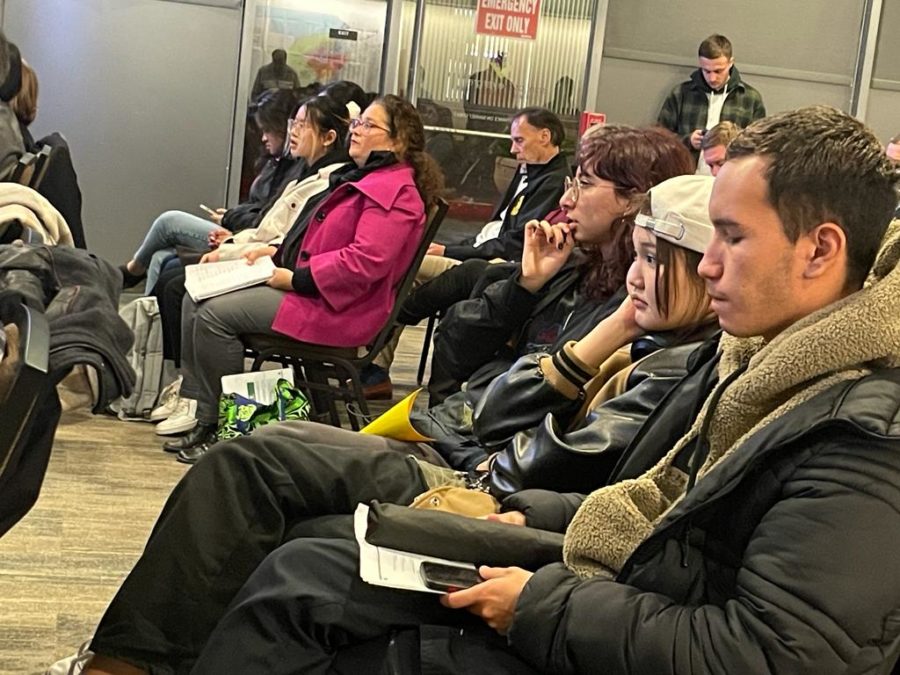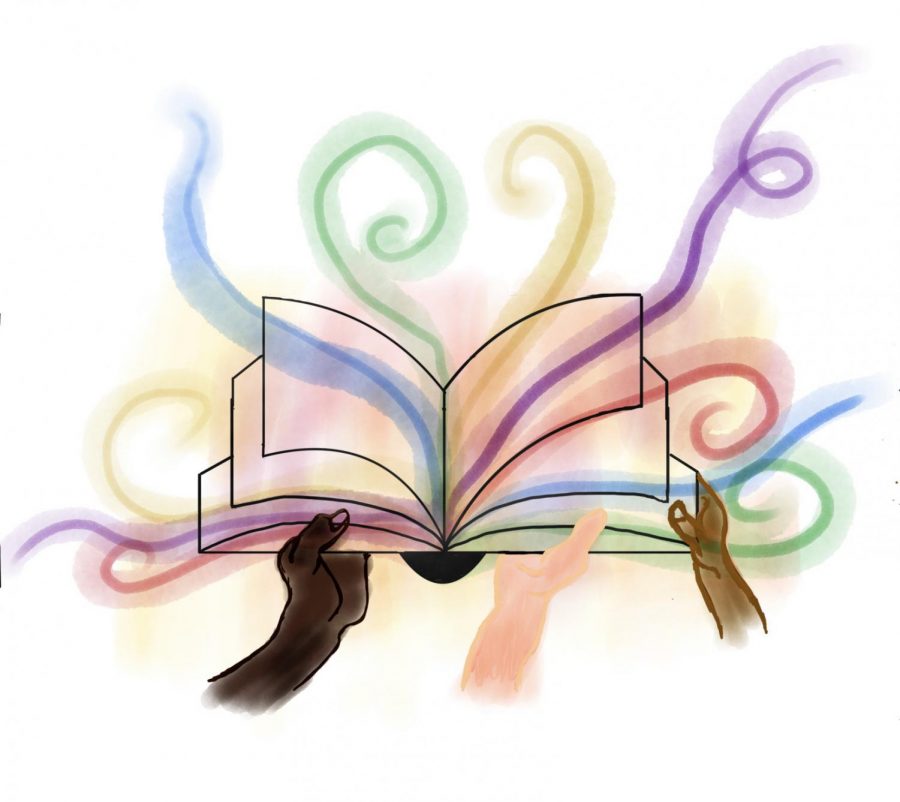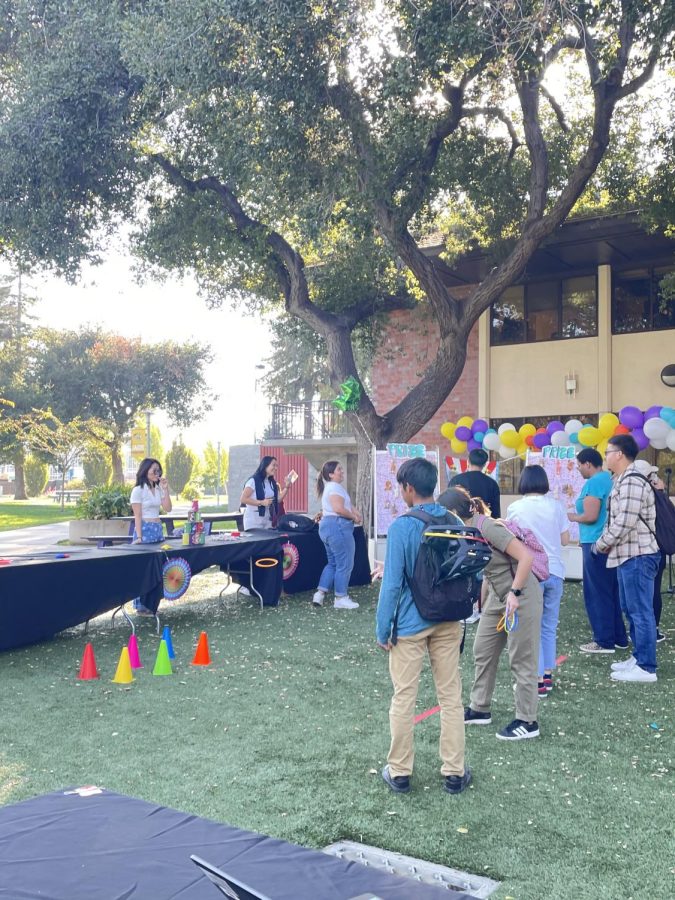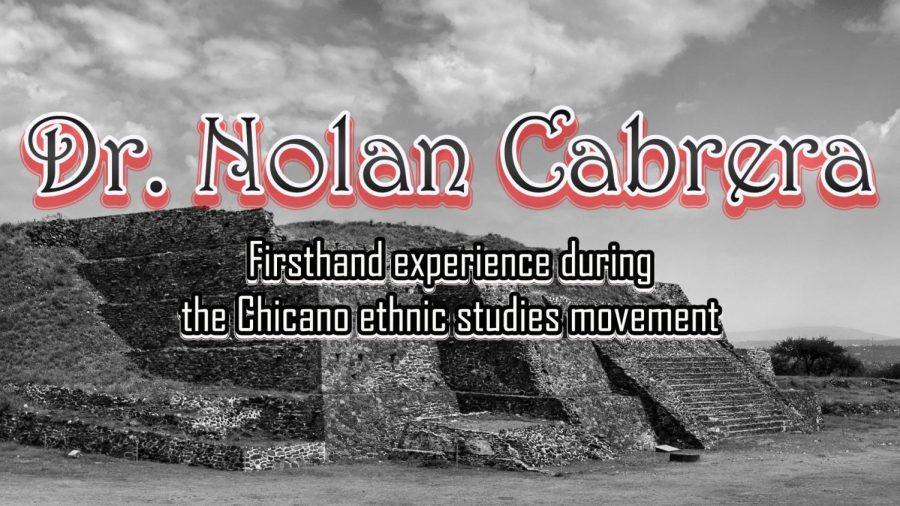Vivian Hardison, the assistant director of disability services at Southern Illinois University, spoke to attendees via Zoom on Oct. 7 about intersectionality and themes related to critical race theory, including racism and by extension how it affects disabled students. Hardison started the discussion with how Brown v. The Board of Education, among many other cases, sparked changes within the education system.
“Parc v. Commonwealth was another landmark case where the court found that because African American students are no longer segregated on a base of race, this also has to include sex, age, and disability,” she said.
This virtual event kicked off Accessibility (Dis/Ability) Awareness month in October at San Jose City College. Hardison, the keynote speaker, discussed disabilities and its connection to critical race theory.
Hardison explained the role of both Parc v. Commonwealth of Pennsylvania and Mills v. The Board of Education of the District of Columbia in the treatment of those with disabilities and their access to education.
“This one included students with behavioral disabilities, emotional disabilities [and] hyperactive disabilities…” Hardison said. “They couldn’t discriminate based on what the additional cost would be to the school to provide these accommodations.”
She also highlighted the correlation between ableism and racism.
“Levels of oppression, when added together, put you even lower on the totem pole and where you stand in society,” Hardison said. The combination of these factors can make it even harder to be seen as an individual worthy of equitable treatment, Hardison said, “When you are a black disabled student, your experience when you are going through K-12, might have been very different from a white individual.”
Hardison then invited the audience to share their thoughts on this topic. Rufus Blair, a teacher at SJCC and attendee, explained using American Sign Language the difficulties of teaching disabled students.
“I have been seeing students who do need that extra help in my teachings, but some of them are scared to ask for that help,” Blair signed. “I have to remove myself [from] my role as a teacher, and ask, `Do you need that help?`”
Blair added that he consistently encourages his students to ask for help.
Rachel Hagan, another attendee, suggested how values come into play with disabilities.
“If we care about self-esteem, feelings of hopelessness and inferiority, then it is best to allow students a space where they can be taught,” Hagan said.

